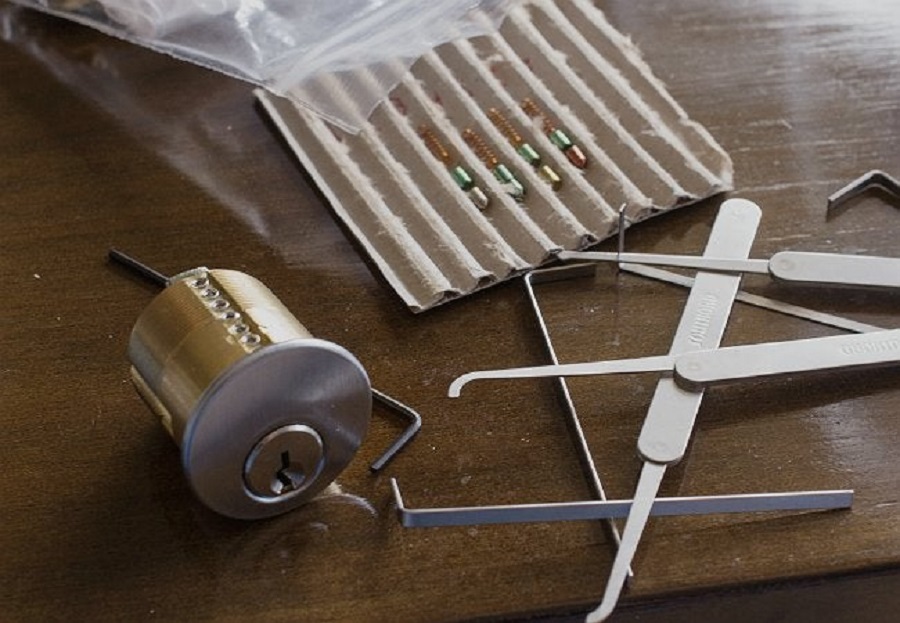If you’re moving into a new home or office, you may need to rekey your locks to ensure that only you and those you trust can access your property. Rekeying your locks is also useful when you lose your keys or if you want to have multiple locks that work with a single key. In this article, we will show you how to rekey a lock to match an existing key, step-by-step.
What is Rekeying a Lock?
Rekeying a lock is the process of changing the lock’s internal mechanism to fit a new key. This is different from replacing a lock entirely, which would require a new lock and keys. By rekeying your lock, you can keep your existing lock while changing the keys that work with it. This is a cost-effective way to maintain security while also saving money.

What You’ll Need
Before you get started, gather the following tools:
- A key decoder
- A plug follower
- A rekeying kit
- A screwdriver
Step-by-Step Guide to Rekeying a Lock
Follow these steps to rekey a lock to match an existing key:
Step 1: Remove the Lock from the Door
Use a screwdriver to remove the lock from the door. This will give you access to the lock’s internal mechanism.
Step 2: Remove the Lock Cylinder
Use the key decoder to determine the key pins that are currently in the lock. Remove the lock cylinder and dump out the old pins.
Step 3: Insert the New Key
Insert the new key into the lock cylinder and use the plug follower to push the cylinder out the back of the lock.
Step 4: Replace the Key Pins
Remove the key from the lock cylinder and insert the new key pins according to the key decoder’s instructions.
Step 5: Reassemble the Lock
Reassemble the lock and test it with the existing key.
Step 6: Test the New Key
Test the new key to ensure that it works with the rekeyed lock.
Tips for Success
- Take your time and follow the instructions carefully.
- Keep your workspace clean and organized.
- Keep all small parts in a secure location to prevent loss.
- Test the lock with both the new and old keys to ensure that it works properly.
Safety and Precautions
When it comes to rekeying a lock to match an existing key, safety should always be a top priority. Here are some important precautions to take:
- Wear gloves and eye protection to prevent injury while handling small parts.
- Work in a well-lit area to ensure that you can see what you’re doing.
- Keep children and pets away from your workspace to prevent accidental injury.
- Use caution when handling tools, especially sharp ones like screwdrivers.
- Follow the manufacturer’s instructions carefully to avoid damaging the lock or key.
- Keep all small parts in a secure location to prevent loss.
- Test the lock thoroughly to ensure it works properly before relying on it for security.
By taking these safety precautions, you can ensure your rekeying project is successful and safe. If you have any concerns about your ability to rekey a lock, it may be best to consult a professional locksmith for assistance.
Conclusion
Rekeying a lock to match an existing key is a simple and cost-effective way to maintain security and convenience. With the right tools and patience, you can rekey your lock in no time.



